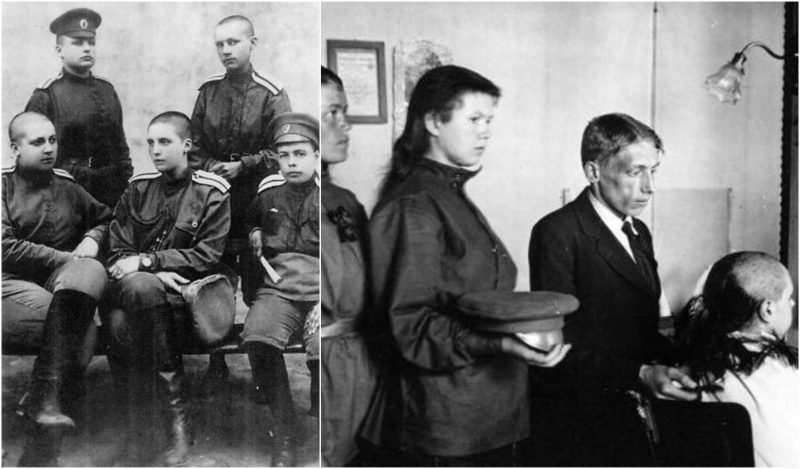After the February Revolution, the Russian Provisional Government established special all-female units of the army known as Women’s Battalions.
Women had petitioned successfully to be allowed into the army, and as they were growing in number, they required for special battalions to be established by the Provisional Government. These women believed that specialized, all-female battalions would serve as propaganda for the men who avoided army service and that they would also serve as an example to the demoralized men who served in the Russian Army.

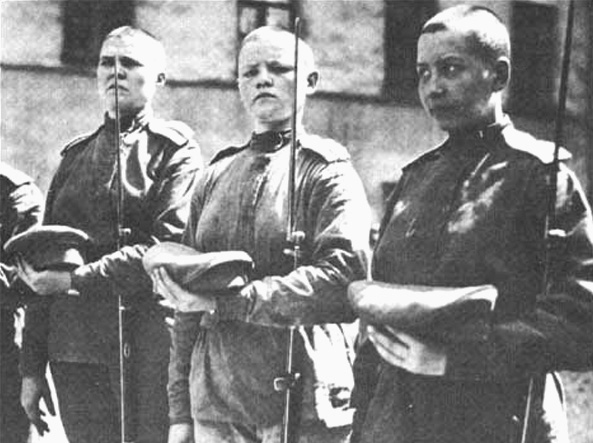
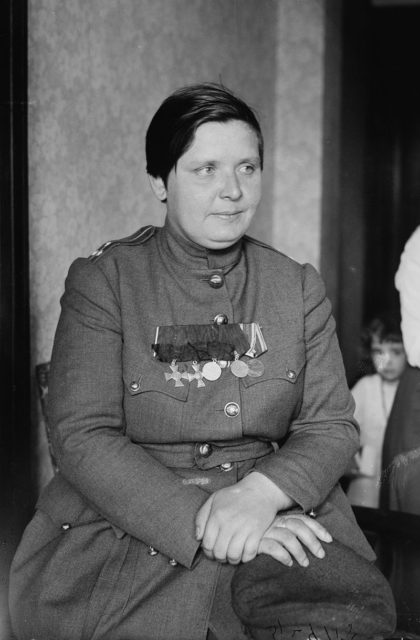
It was at the beginning of May 1917 when Maria Bochkareva, a peasant woman who had served in the Russian army for three years and had risen to the rank of non-commissioned officer, petitioned the government to create an all-female battalion under her command. At the end of the month, her request was approved by Alexander Kerensky, the Minister of War for the Russian Provisional Government. He authorized the formation of the 1st Russian Women’s Battalion of Death in Petrograd. Over 2,000 women enlisted in the unit, but with Bochkareva’s strict discipline and rules, there were only 300 soldiers admitted into the new battalion.
During the Kerensky Offensive, the Women’s Battalion of Death were assigned to the 525th Kiuruk-Darinski Regiment and occupied a trench near Smorgon. When they were ordered to go over the top, the soldiers of the other battalions refused to do so, but under the command of Bochkareva, all the women did as they were ordered. Even though they managed to enter into German territory, the women were forced to retreat as the relief units never arrived. After the revolution, Bochkareva’s Battalion of Death was still at the front but was demobilized soon after because of increasing hostility from the male troops.

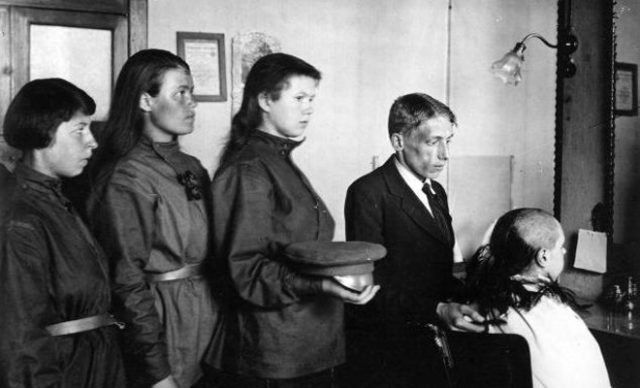
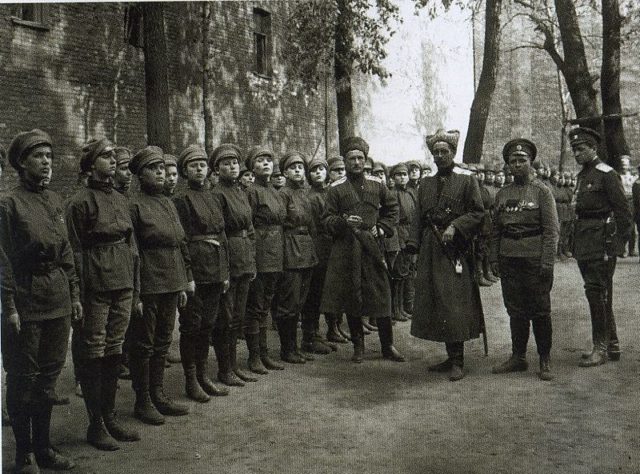
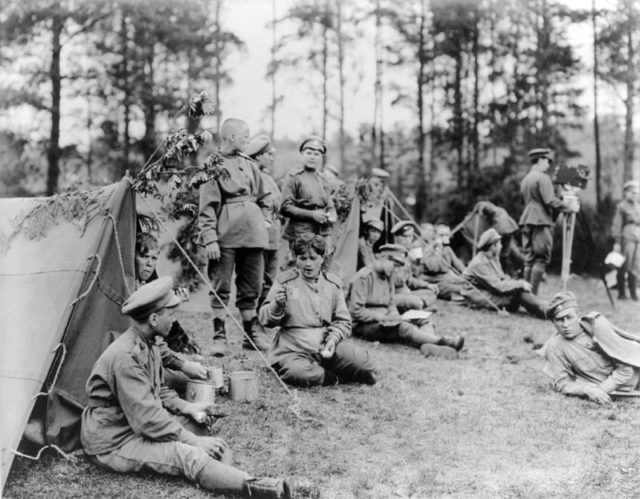
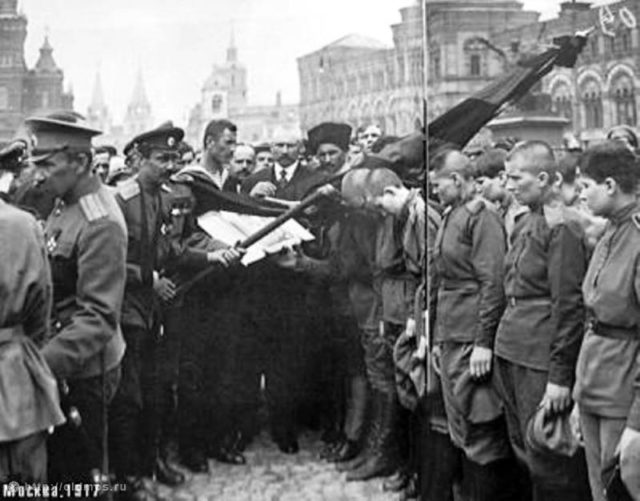
However, the 1st Russian Women’s Battalion of Death inspired many women around Russia who flooded the Ministry of War with letters petitioning for the establishment of more all-female units. Even before the disbandment of the first one, Kerensky approved the creation of an additional women’s combat unit in Petrograd, the 1st Petrograd Women’s Battalion. This one included 1,400 women whose training regimen consisted of not only parade drill, riflery, and night maneuvers, but also reading classes for the illiterate.
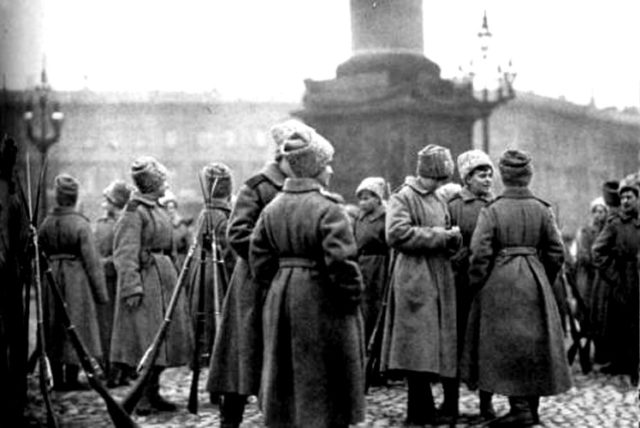
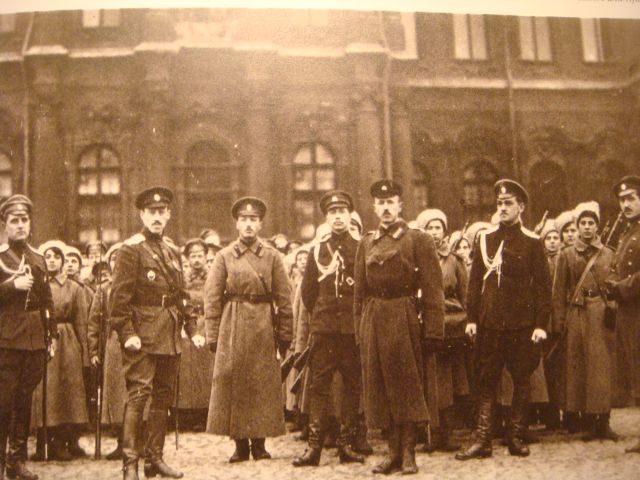
In June 1917, the 2nd Moscow Women’s Battalion of Death was created, and two separate communications detachments were also founded. They had enlisted over 1,000 women by the end of the summer. However, they faced a lack of support, and after a few months, the battalion disbanded, with 500 women requesting to be assigned to the front. Hence, they were given transfers of which the General Staff weren’t informed. The 2nd Women’s Battalion of Death, led by its founder Maria Bochkareva, were the last army unit that stood in defense of the Winter Palace on 25th October 1917.
These battalions encouraged women from various Russian cities to require the authorization for the establishment of quasi-military women units by private women’s organizations. The demand became popular, and the Ministry of War had to satisfy these requirements, so the women’s military formations were expanded further. There was a fourth combat unit created in Ekaterinodar called the 3rd Kuban Women’s Shock Battalion, which was founded by a pre-existing grass-roots unit. Unfortunately, it soon faced the same destiny as the other battalions due to organizational and supply issues.
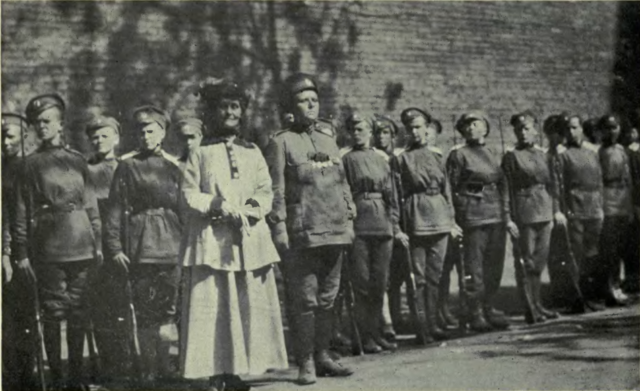
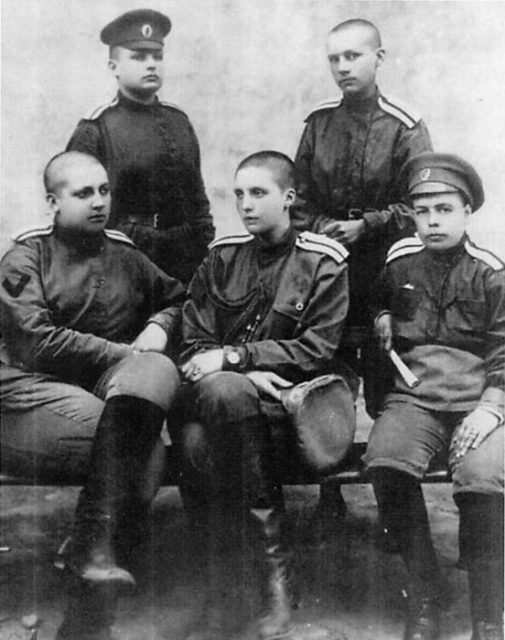
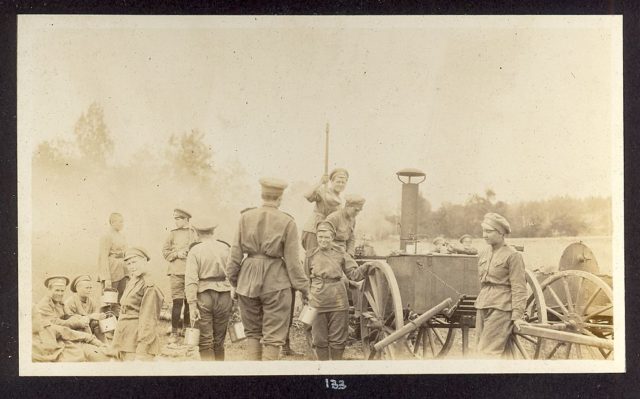
Even though the Ministry of War authorized the battalions, they didn’t receive “moral” support. Women were confronted with hostility by men who despised the female battalions and insulted women on the front. Women saw hostility even when the military decided to give them positions away from the front, such as guarding the railroads.
This meant that they would have taken men’s places who instead would have been shifted to positions on the front. A final decision was made by the new Bolshevik government on 30 November 1917, ordering the dissolution of any remaining women’s military formations.
